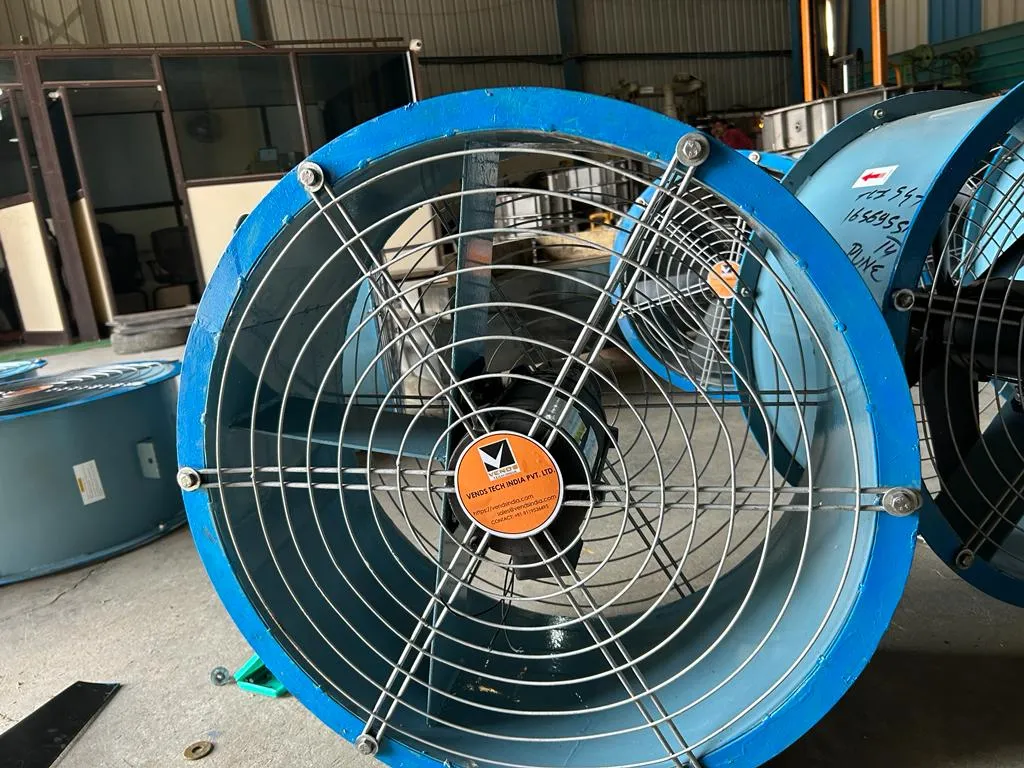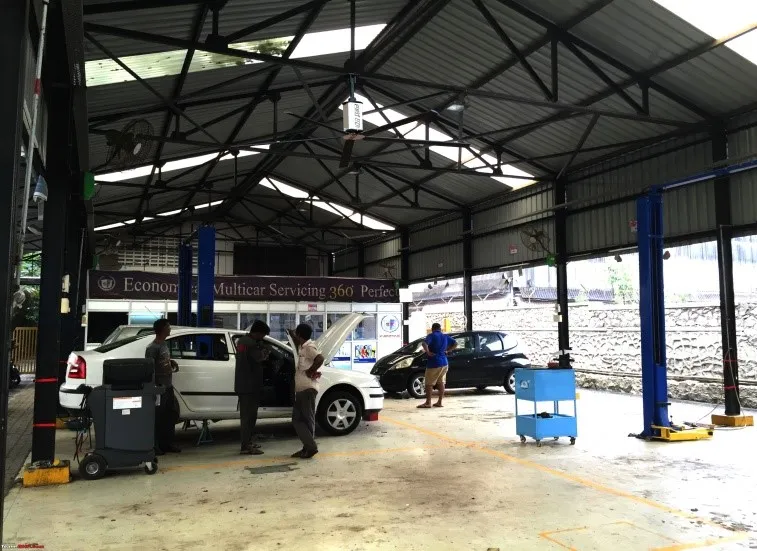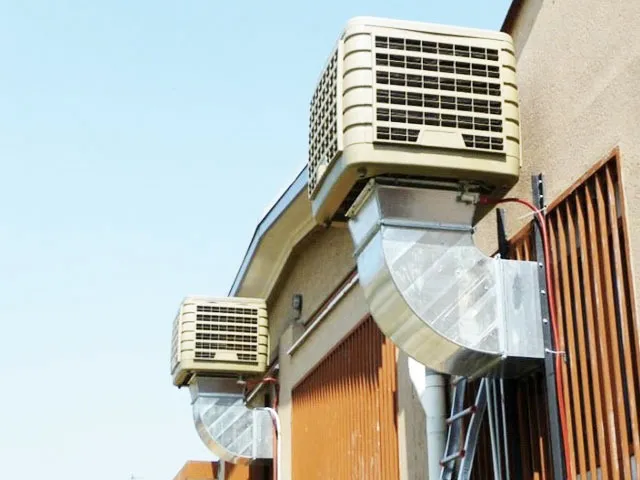Just the Right Temperature
Implement your innovation with advanced Manufacturing
Technology
Technology



Ceiling fans with a diameter of more than 7 feet are known as HVLS (high-volume, low-speed) fans (2.1 meters). They are a ubiquitous industrial machine for personnel cooling and area ventilation. Industrial fans can push a lot of air to the ground, generating a layer of airflow on the ground that moves horizontally, boosting overall air circulation. This has the advantage of providing all-around ground covering as well as three-dimensional air circulation.
Place your Requirements


